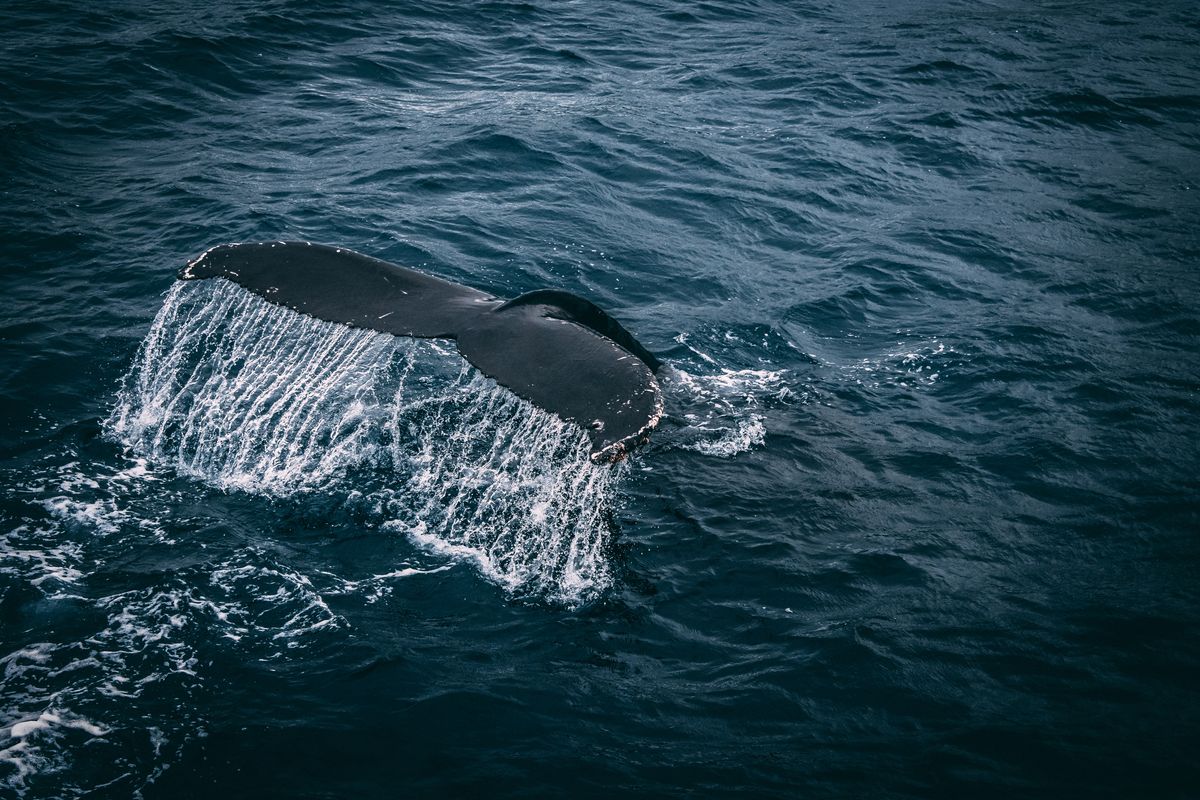UN members agree on groundbreaking high seas protection pact
A UN treaty has been in the works to step up and protect the high seas, which could help save and restore marine life.

A few minutes every morning is all you need.
Stay up to date on the world's Headlines and Human Stories. It's fun, it's factual, it's fluff-free.
The backstory: Two-thirds of the world's oceans are international waters (aka high seas), meaning all countries can fish, ship and research there. But only about 1% of these waters are protected. That means lots of marine life is vulnerable to threats like climate change, overfishing, shipping traffic and pollution.
A UN treaty has been in the works to step up and protect the high seas, which could help save and restore marine life. Negotiations have been stuck in the mud for years due to disagreements over funding and fishing rights. And, as Lizzo would say, it's about damn time – the last international agreement to protect oceans was signed 40 years ago.
More recently: In December, the International Union for Conservation of Nature released a report saying almost 10% of global marine species are at risk of extinction. This is not good news for creatures like abalone, sharks and whales, which are particularly vulnerable due to their high value for drugs and seafood.
Adding to the worries is the fact that climate change has caused an increase in marine heat waves, which can cause extreme events and mass mortality.
The development: After a grueling 38-hour talkathon, UN members finally reached a groundbreaking agreement to protect biodiversity on the high seas. The UN High Seas Treaty aims to protect 30% of these seas by 2030.
But there's still some work to do before it's formally adopted. Countries need to meet again to formalize everything, and the treaty will need to go through all the legal processes in each country to go into effect.
On the bright side, the treaty will put more money into ocean conservation and promote more sustainable fishing and sharing of marine resources. It will also safeguard against the negative impacts of deep-sea mining. This is crucial because mining activities can harm breeding grounds, cause noise pollution and pose a toxic threat to marine life.
Key comments:
"With the agreement on the UN High Seas Treaty, we take a crucial step forward to preserve the marine life and biodiversity that are essential for us and the generations to come," said Virginijus Sinkevičius, the European commissioner for the environment, ocean and fisheries. "It is also a proof of strengthened multilateral cooperation with our partners and a major asset to implement our COP 15 goal for 30% ocean protection. I am very proud of our outcome."
"High seas marine protected areas can play a critical role in building resilience to the impacts of climate change," said Liz Karan, director of Pew's ocean governance project. "Governments and civil society must now ensure the agreement is adopted and rapidly enters into force and is effectively implemented to safeguard high seas biodiversity."
"We only really have two major global commons – the atmosphere and the oceans," said Georgetown marine biologist Rebecca Helm. "Protecting this half of Earth's surface is absolutely critical to the health of our planet."
"What happens on the high seas will no longer be 'out of sight, out of mind," said Jessica Battle of the WWF. "We can now look at the cumulative impacts on our ocean in a way that reflects the interconnected blue economy and the ecosystems that support it."




Comments ()